
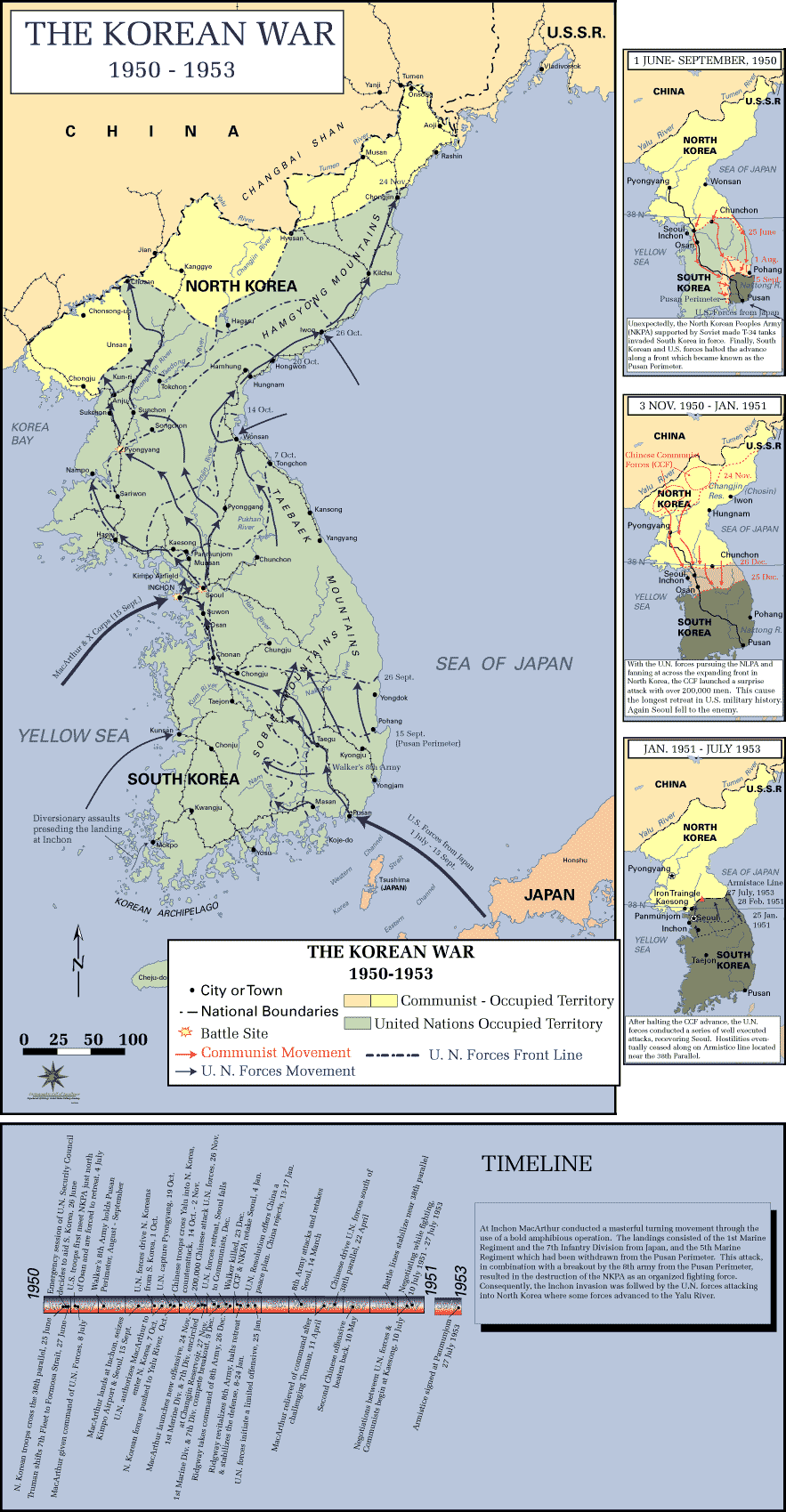
Wikipedia
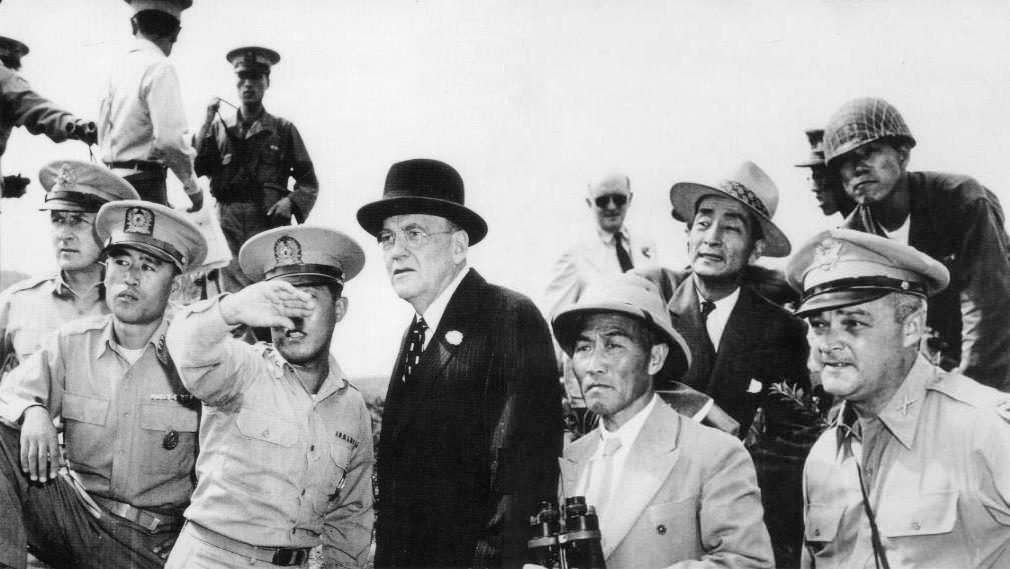
John Foster Dulles being
shown the 38th parallel in Korea – June 17. 1950
(just prior to the North
Korean invasion of the South)
John Foster Dulles Papers,
Public Policy Collections,
Department of Rare Books and Special Collections,
Princeton University Library
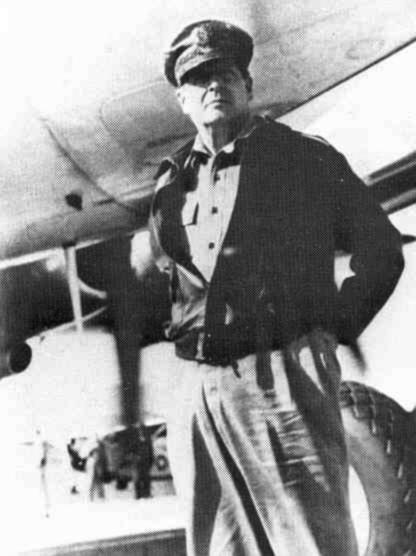
General Douglas MacArthur
– leading the UN forces in Korea
Library of
Congress
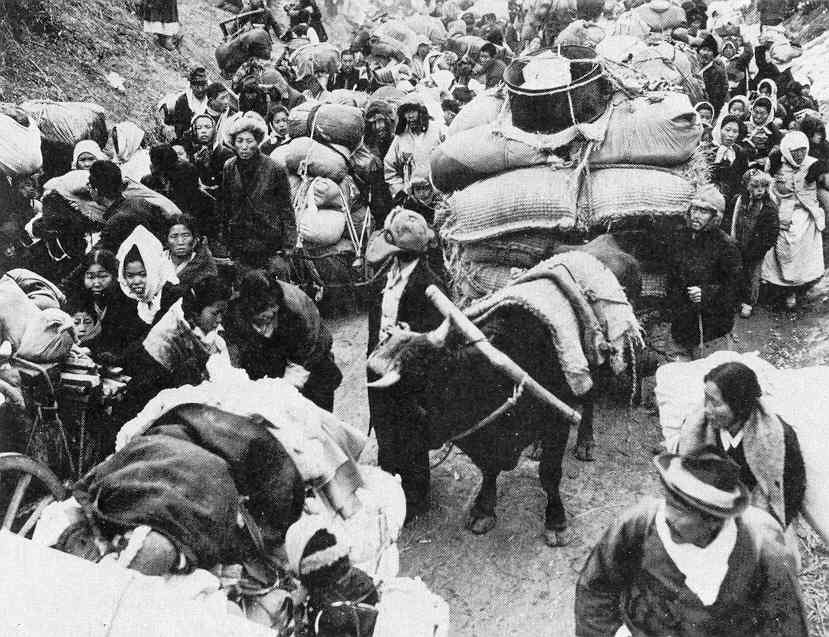
Koreans fleeing the
fighting
United Nations (US
Army)
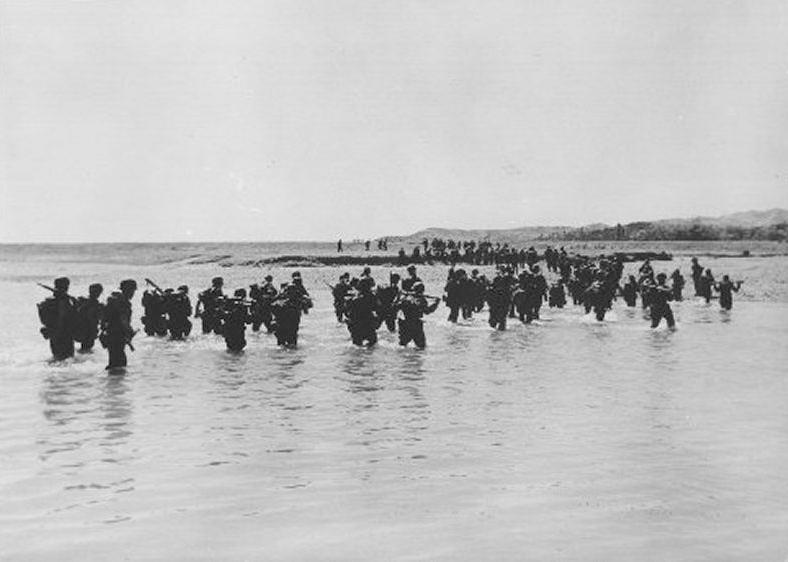
Men of the 1st Cav Div go
ashore somewhere in Korea, 18 July 50.
United States Army
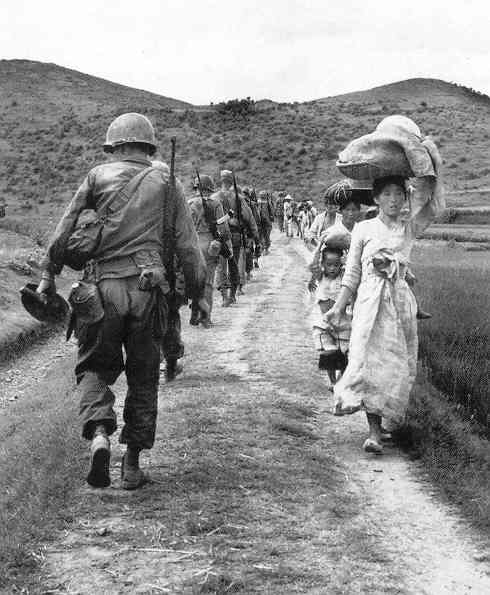
GI's advancing to the action;
Koreans civilians fleeing the action – August 1950

1st LT William Millward of
Baltimore, Md, Civil Assistance Officer, 5th Cavalry Regiment,
1st
Cavalry Division, distributes candy to Korean
children
at a refugee Collecting Point in Western Korea.
United States Army
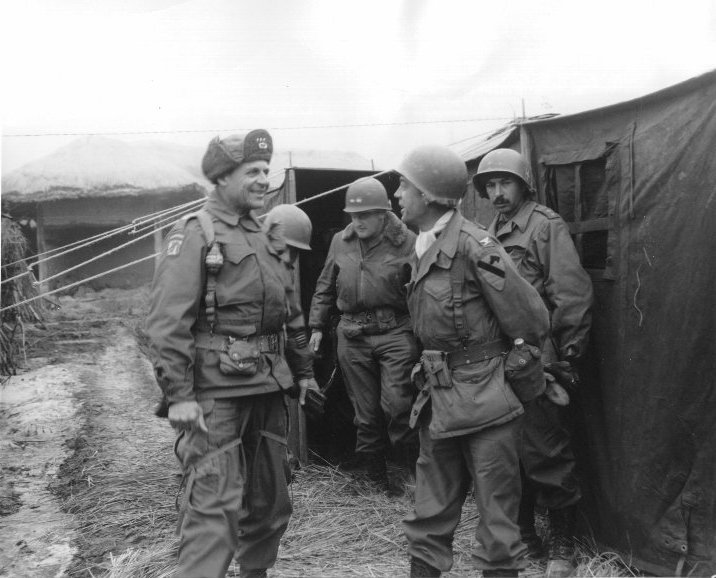
Conferring at Chipyong-ni,
Korea, during General Ridgway's tour of the fighting front, are L-R:
LT GEN Matthew Ridgway,
CG US Eighth Army; MAJ GEN Charles Palmer, CG, 1st Cav Div;
COL John Daskalopoules,
CO, 7th Cav Regt, 1st Cav. Division
United States Army
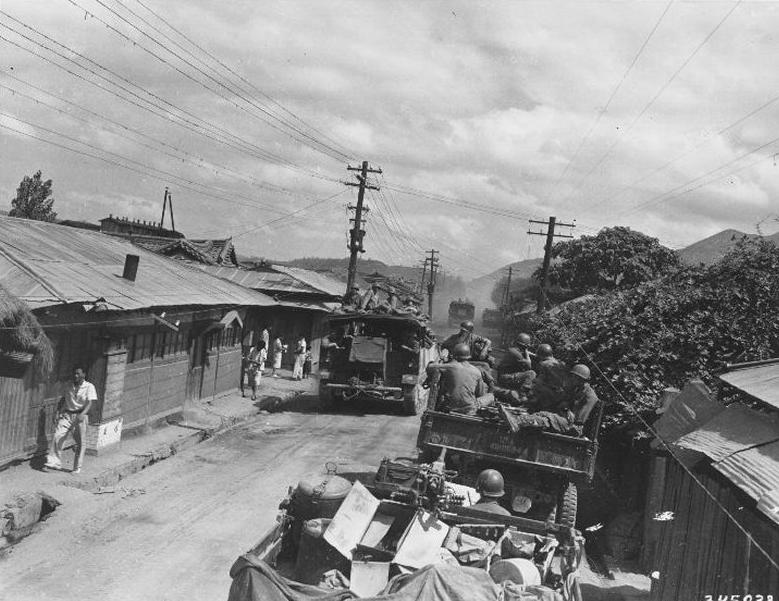
Vehicles of the 1st Cavalry
Division move up to the front lines, somewhere in Korea, 3 Aug 1950
United States Army

 |
THE LANDING AT INCHON (15 SEPTEMBER)
AND THE MOVE OF THE WAR TO THE NORTH
|
|
|
|
The landing at Inchon and the liberation of Seoul
It was decided to conduct an end run around the
North Koreans by sending an American landing party by sea somewhere to
the north behind the North Korean lines, cutting off their supply from
North Korea and trapping them in an encirclement. General MacArthur
understood well the lessons of Gallipoli (World War One) and Anzio
(World War Two), and was determined to move as quickly as possible off
their initial landing base on the beach ... actually, even quicker than
possible! Also the Americans made visible preparations for a landing
105 miles south of the intended landing point, in order to confuse
North Korean spies into believing that an American landing would take
place at Kunsan.
On 15 September 75,000 Marines were sent
ashore at high tide at Inchon. And then without hesitating they swung
directly behind lightly defended North Korean lines, catching the North
Koreans by complete surprise. Seizing a strategic airfield, the
Americans then began to fly in large numbers of soldiers and supplies.
U.N. troops then headed for Seoul, engaging in a fierce 11-day fight
for the ROK capital. By late September the city was cleared of the
enemy.
By this time North Korean troops were
retreating in huge numbers to the north, to protect their Communist
region from the attack from the south that they sensed would soon be
coming their way.
Crossing the 38th parallel
Mao's Chinese Communist government also
sensed the dangers headed its way and thus warned America not to move
north across the 38th parallel (the temporary line dividing North Korea
and South Korea) or China would be forced to intervene. But by October
1st, ROK troops had crossed the 38th parallel and a week later, with
U.N. authorization, so did a large number of UN (largely American)
troops.
Less than two weeks later the U.N. troops had captured the North Korean
capital at Pyongyang, and then they pushed north, attempting to capture
escaping North Korean leaders. In the process they took 135,000 North
Korean soldiers captive. At this point (the end of September) MacArthur
began speculating publicly about launching into China to capture bases
that had been supplying the North Korean army. But Truman did not want
to provoke the Chinese into a counter-move.
Thus Truman flew (October 15th) to Wake Island in the mid-Pacific to
meet MacArthur (whose arrogance led him to refuse to come to meet the
president in the continental United States) in an attempt to get some
kind of idea of what was happening. MacArthur assured Truman that the
Chinese would not dare to intervene, for "there would be the greatest
slaughter" of the Chinese because they would be lacking adequate air
cover.
|
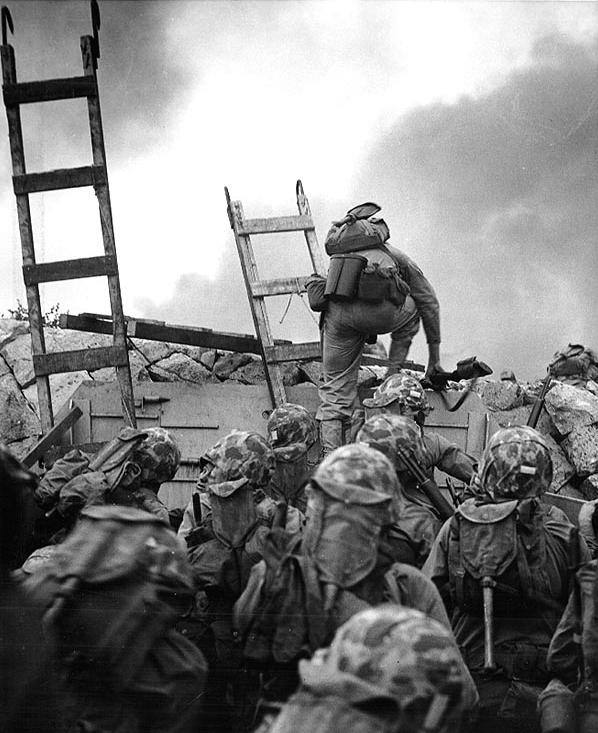
Soldiers Climbing Sea Wall
in Inchon – September 15, 1950
The Battle of Inchon (code
name: Operation Chromite)
was a decisive invasion and battle during the
Korean War.
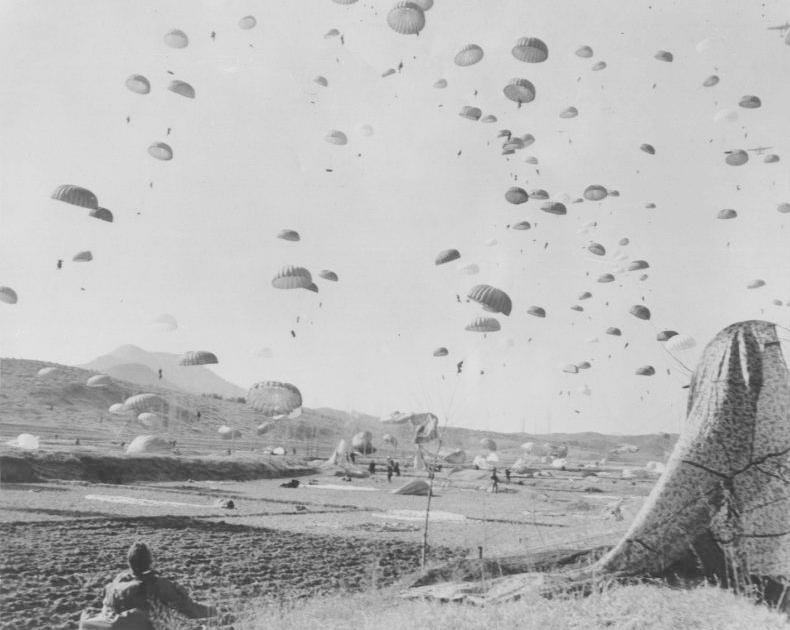
Paratroopers of the 187th
A/B BCT float earthward near Munsan, Korea.
United States Army
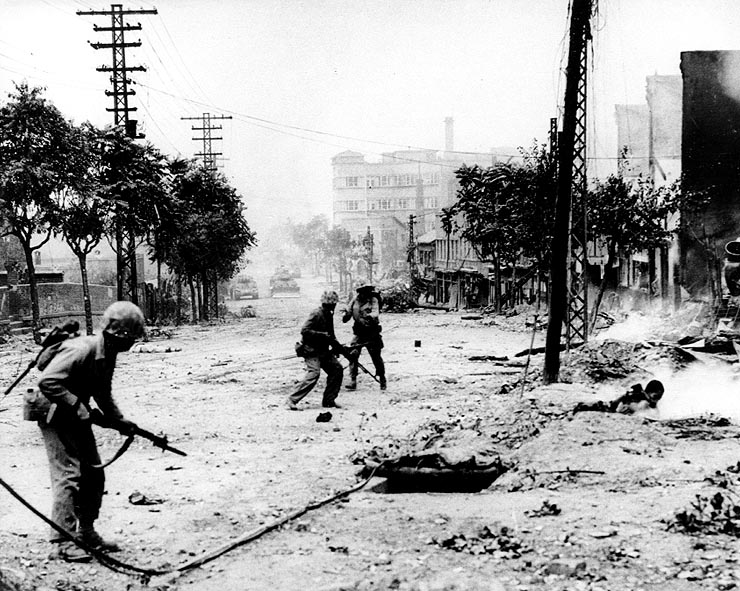
U.S. Marines fighting in
Seoul, Korea, Sept. 1950
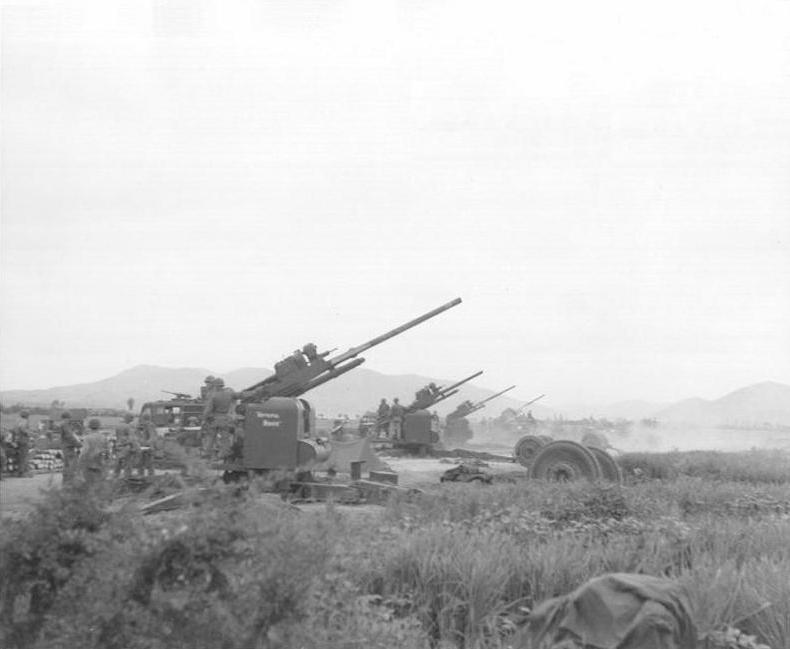
Troops manning 90mm guns,
supporting the 5th Regimental Combat Team, 1st Cav Division,
on the Taegu
front lines, ready to lay down a barrage
on the Communist led North Korean as
UN Forces attack.
United States Army
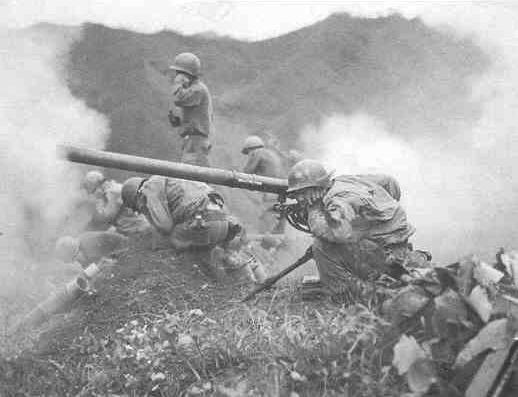
U.N. artillery in
Korea.
U.S. Department of
Defense
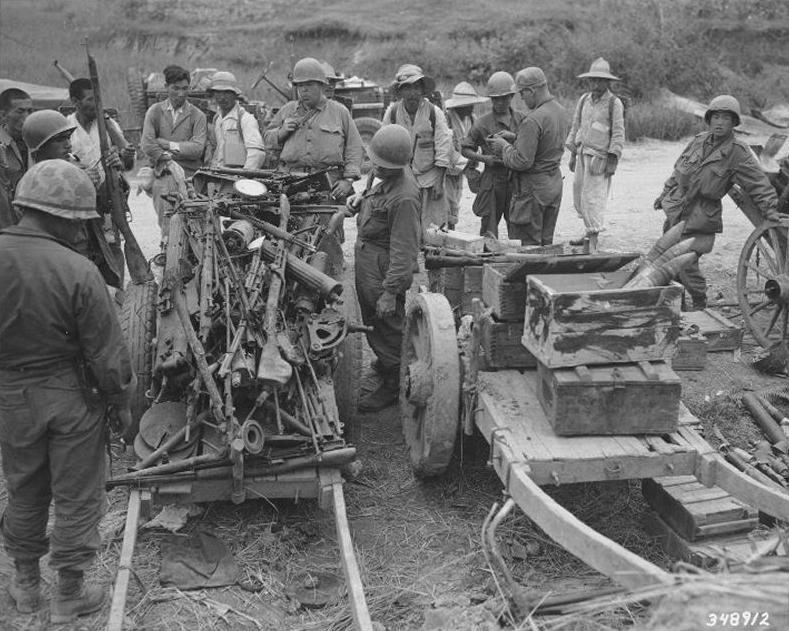
Equipment captured from the
North Koreans is examined by men of the 5th Cavalry Regiment,
Waegwan,
Korea.
United States Army
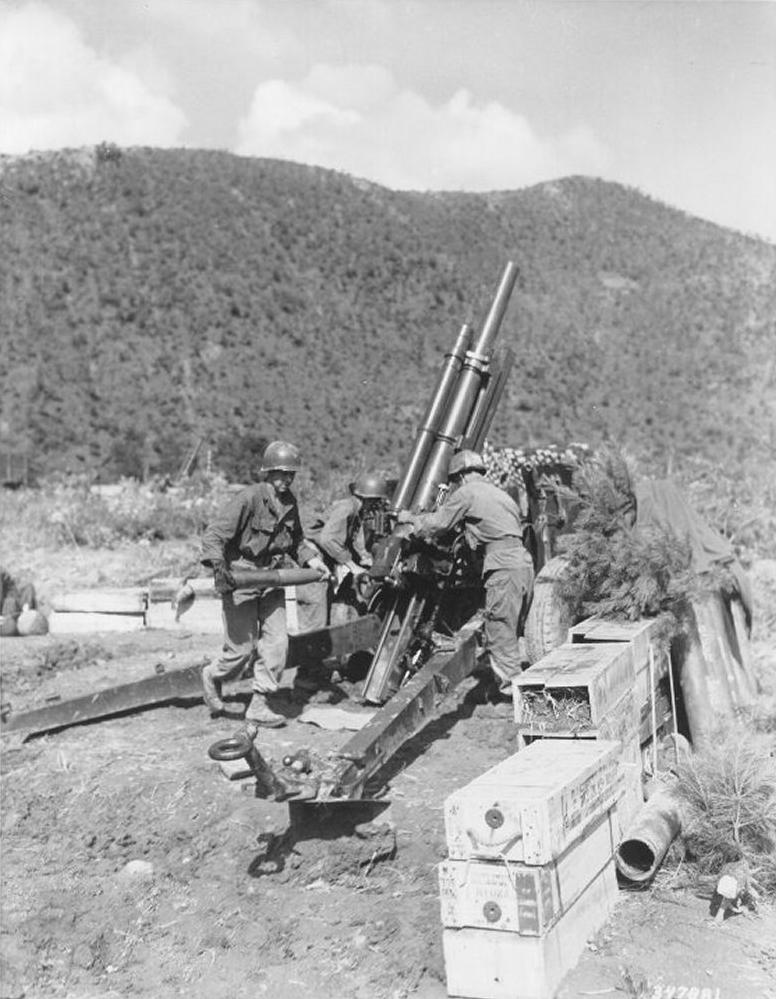
Gun crew of a 105mm howitzer
in action along the 1st Cavalry Division sector
of the Korean battle front.
United States Army
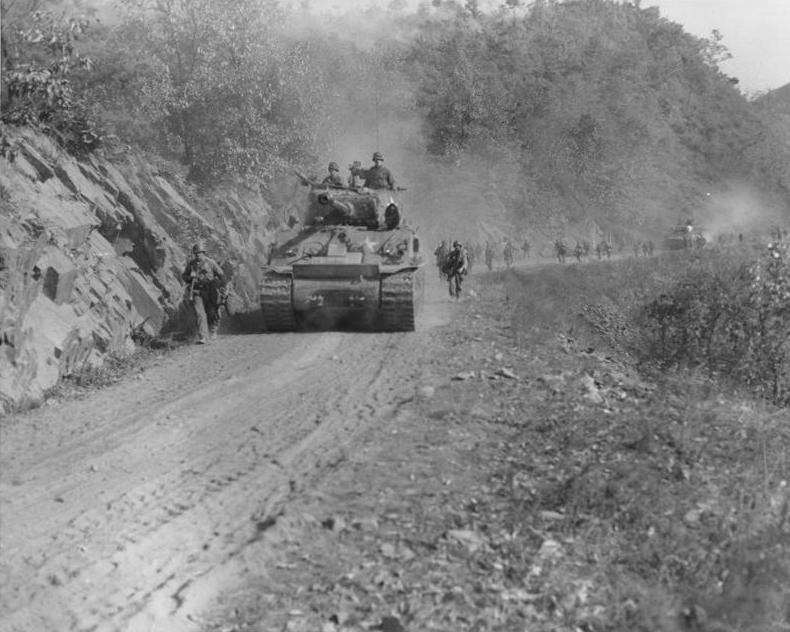
Tanks and infantrymen of
the 1st Cav Division pursue Communist led North Korean Forces
approximately 14 miles north
of Kaesong, Korea.
United States Army
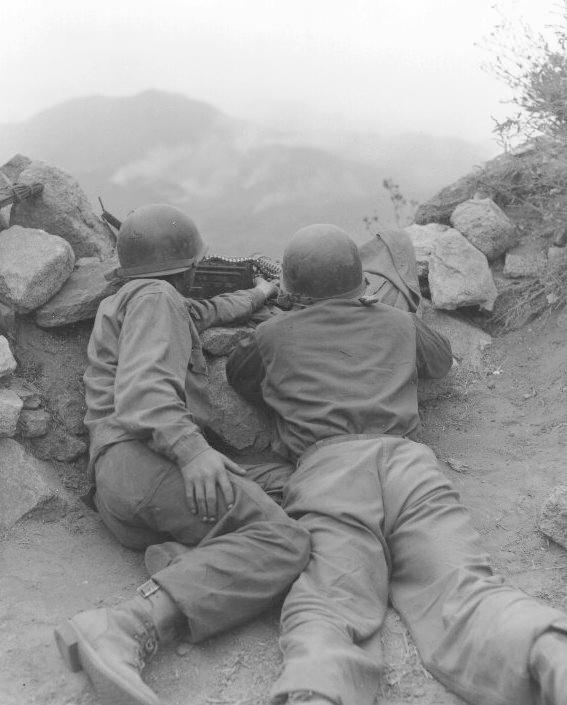
CPL George D. Smedley of
Mt. Vernon, Ind (L) and SGT Thomas P. Montana of Yuma, Ariz,
light machine
gun crewmembers
of Co C, 8th Cav
Regt, 1st Cav Div, watch for Communist-led
North Koreans troops on the
38th parallel line, northwest
of Kaesong.
United States Army
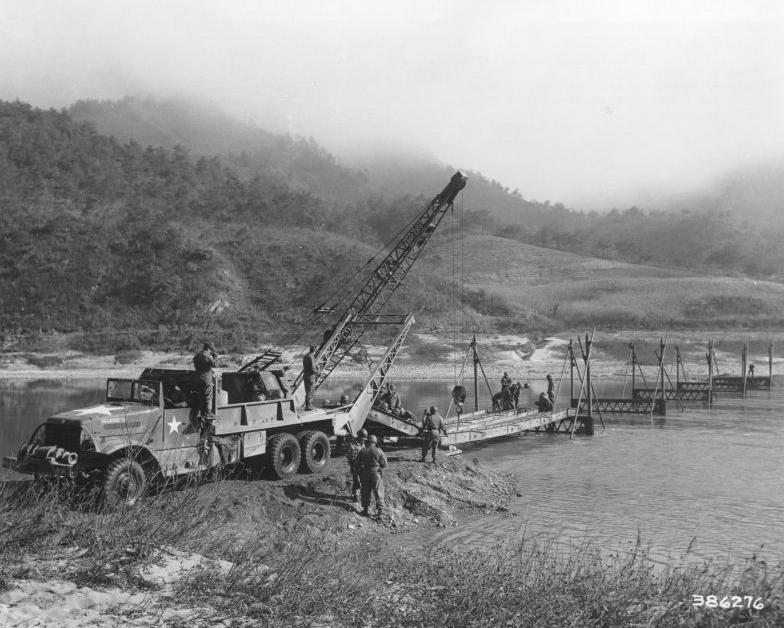
Personnel of the 378th Engineer
Combat Battalion, Eighth US Army, attached to the IX Corps,
install treadways during
the construction of a bridge.
United States Army
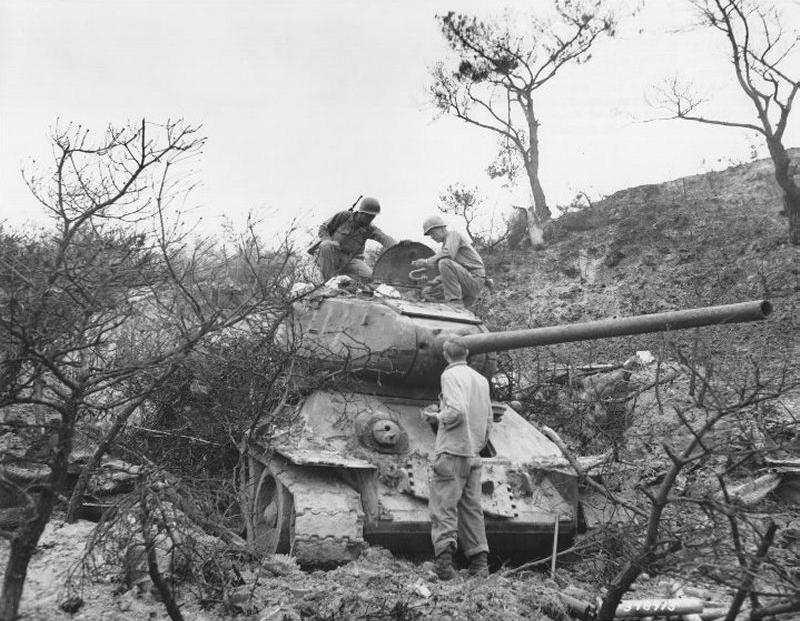
Yanks examine a Soviet-built
tank captured from the North Korean forces, Waegwan, Korea.
United States Army
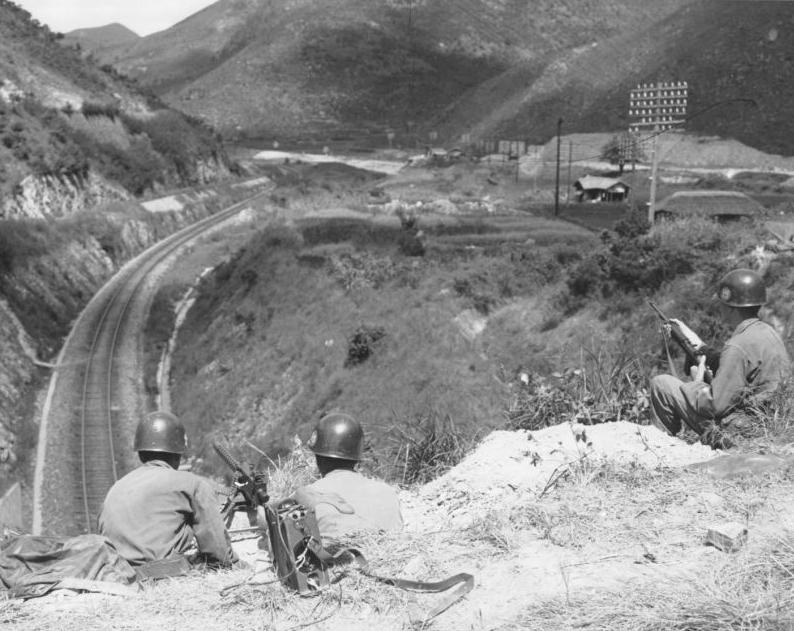
Troops of Co. B, 519th Military
Police Battalion in position
above a railway tunnel with
a .30 caliber air-cooled machine gun.
United States Army
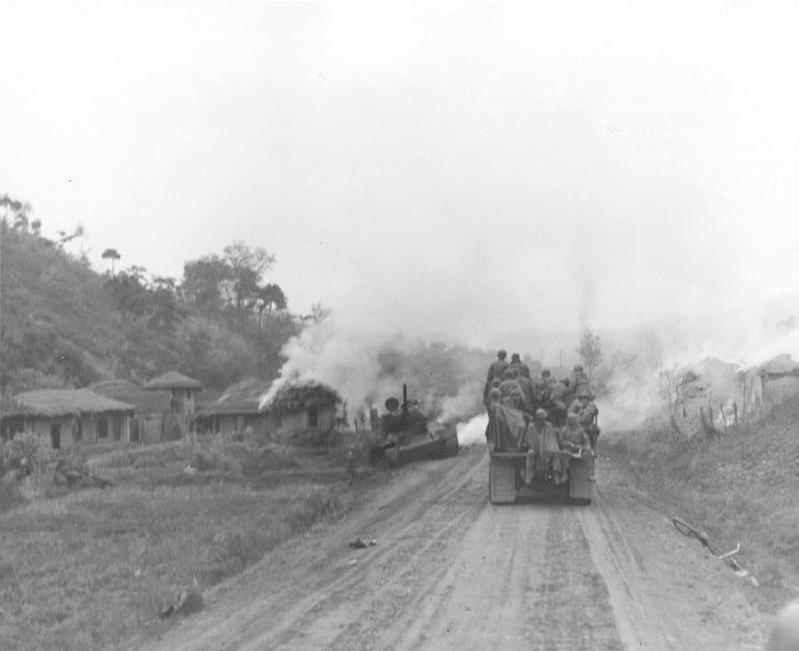
Men of the 5th Cavalry Regiment,
1st Cavalry Division, pass burning buildings and knocked-out
tanks of the North Koreans
as they advance to the front in Pyongyang.
United States Army
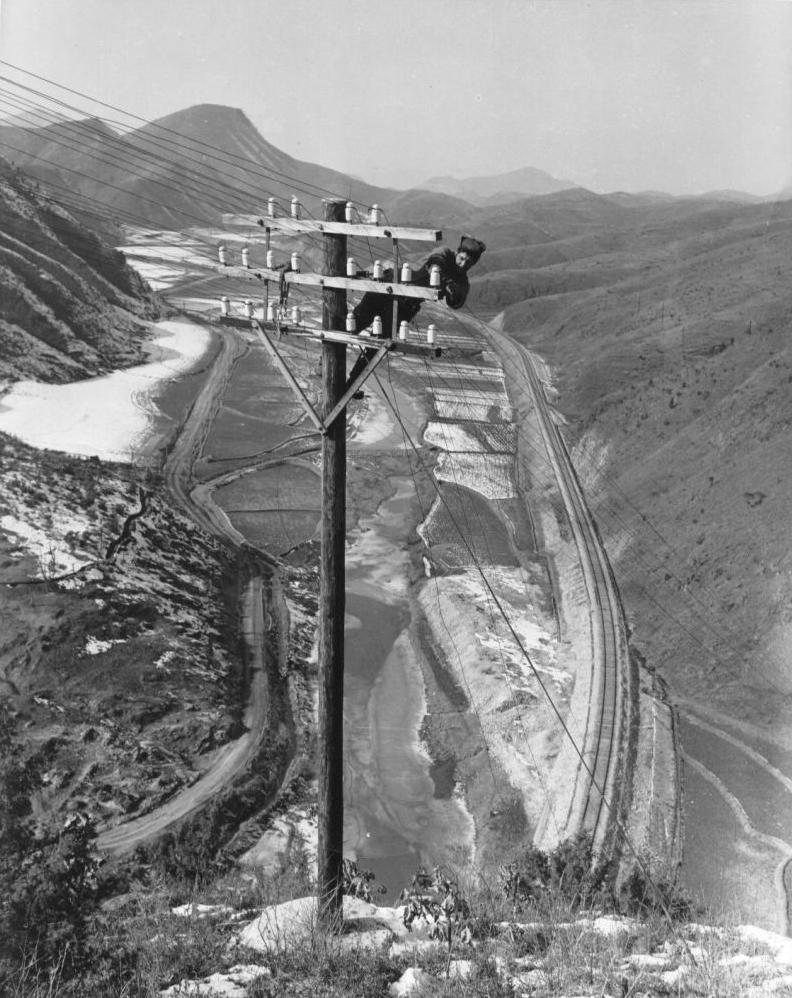
Cpl. Elmer Soprano, First
Platoon, Company A, 4th Signal Battalion. leans over a cliff to
fasten
a jumper, as they rehabilitate lines
from Tanyang to Chechon, Korea.
United States Army
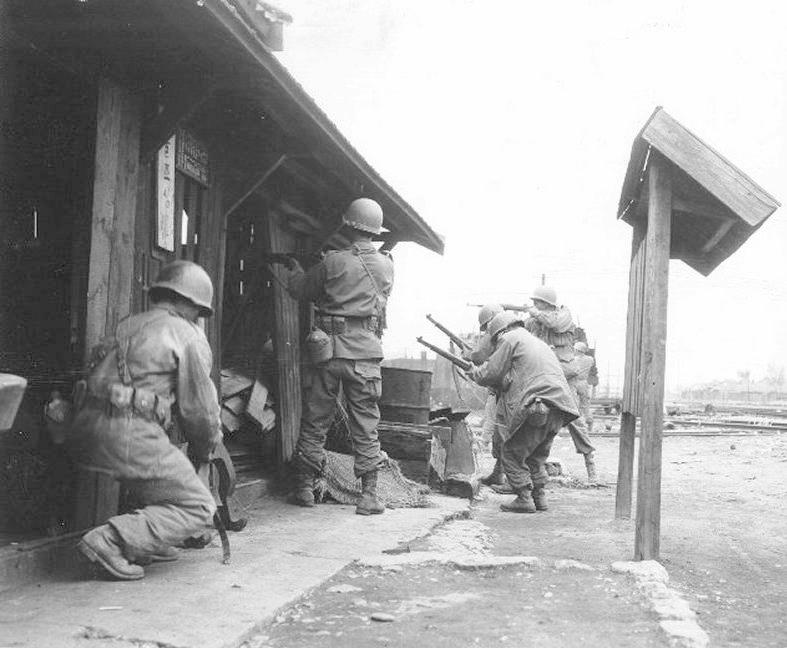
Men of the 1st Cav Division
fighting in a train yard in Pyongyang, Korea.
United States Army

The company street of Co.
K, 31st Inf. Regt., 7th US Inf Div.
United States Army
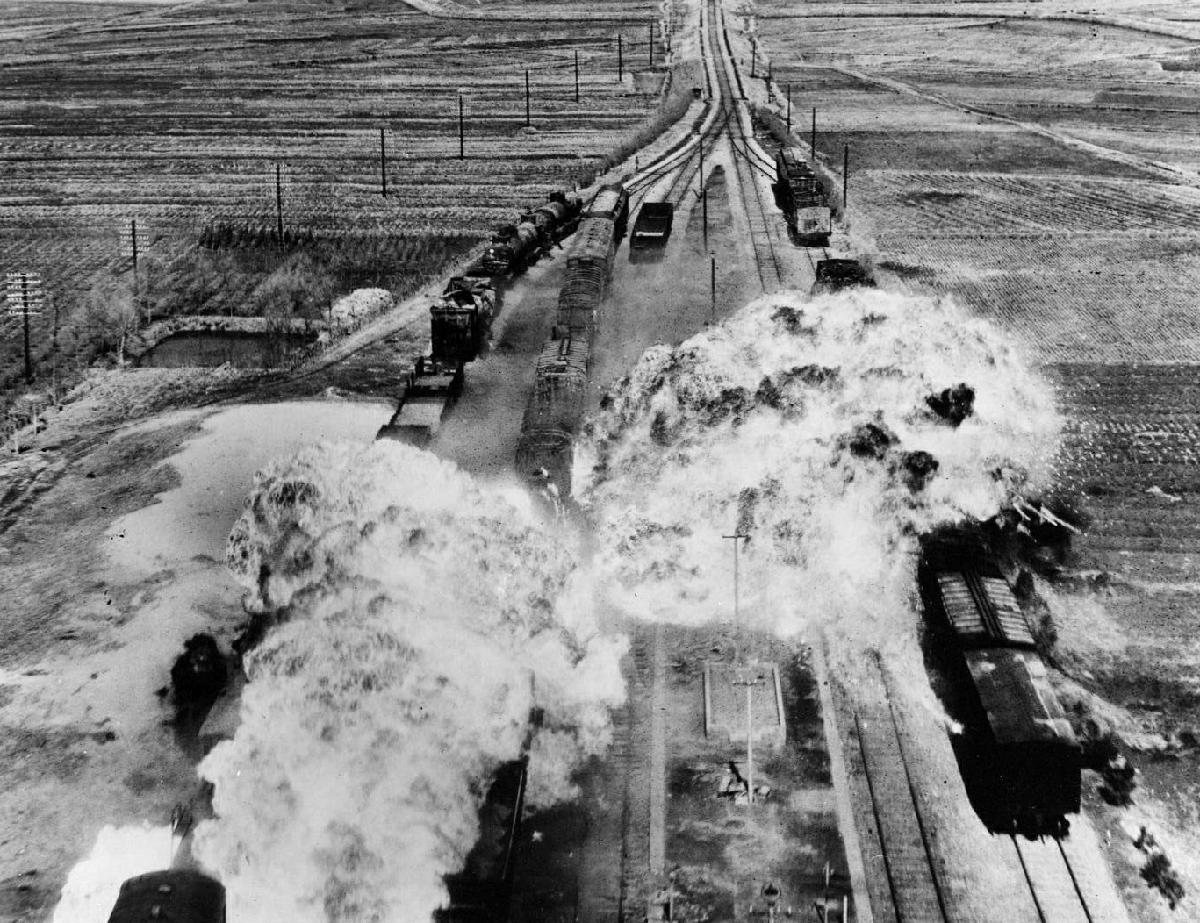
U.S. forces target rail cars
south of Wonsan, North Korea, an east coast port city.
U.S. Army Military History
Institute
But this war – like any
other – is filled with tragedy
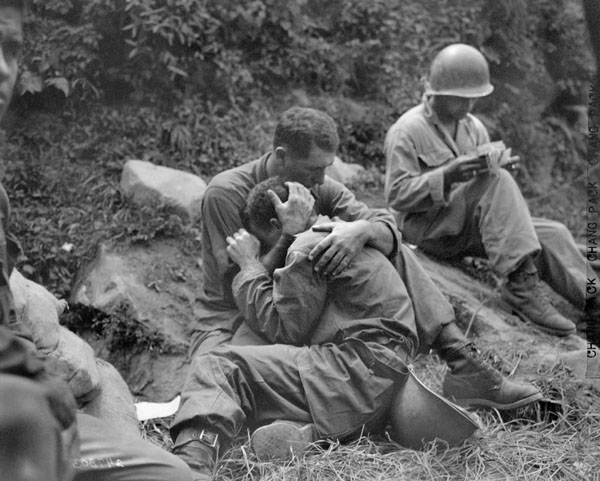
"A grief stricken American
infantryman whose buddy has been killed in action is
comforted by another soldier.
In the background a corpsman methodically fills out
casualty tags, Haktong-ni
area Korea."
By Sfc. Al Chang, August
28, 1950
National Archives
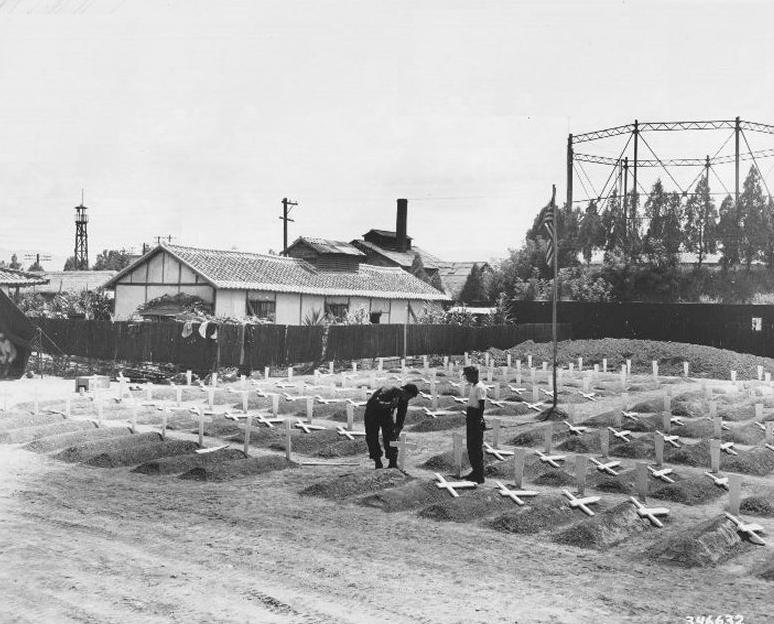
Men replace plain headboards
with crosses on graves in the 1st Cavalry Division
Temporary Cemetery, Taegu, Korea, 25 Aug
1950.
United States Army
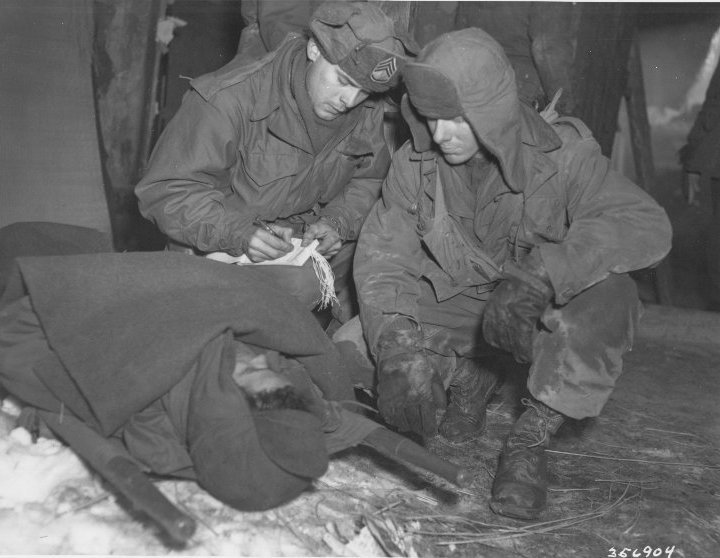
Medical Co, 8th Cav Regt,
1st Cav Div-SGT E. O'Brien fills out tag to attached to a litter,
while Charles Sutton comforts
a wounded man who will be sent from this
medical aid station near
Yangzi, Korea, to a collection station further to the rear.
United States Army

 |
CHINA INTERVENES
|
|
|
|
But Mao was indeed making plans for a massive
Chinese intervention. A buildup of Chinese troops along the border was
severely underestimated in size by MacArthur. Then on October 25th,
200,000 Chinese "volunteer"2 troops crossed the Yalu River into North
Korea, a group of them catching an American regiment by surprise and
nearly surrounding it, sending the Americans into retreat – although
the Chinese also withdrew immediately after the action. The Americans
were not sure what to make of the event.
The Americans resumed their northward
movement, this time running into a Chinese force of about 120,000
troops waiting for them at the Chosin Reservoir, which in the bitter
cold of a North Korean winter threw the 30,000 American troops back, in
a battle that lasted over two weeks – and which cost the Americans half
their troops as dead or wounded. Now the Americans found themselves in
retreat.
By mid-December the American Eighth Army
located in the Northwest had fallen all the way back to the 38th
parallel. This required American troops of the Tenth Corps in the
Northeast to have to fall back to prevent themselves also from being
outflanked, and to assist what was left of the Eighth Army. At this
time the Chinese removed North Korean dictator Kim Il-sung from
military command and took direct control of the armies fighting the
U.N. troops.
Then in early January (1951) the South
Korean capital Seoul was taken by the Communists for the second time.
But otherwise the line elsewhere between the enemy armies tended to
stabilize along something like the North-South line of division at the
38th parallel. Then in mid-February an Allied force of Koreans,
Americans and French managed to break a huge Communist troop offensive
and kill the further momentum of the Chinese. Now the Eighth Army went
on the counteroffensive against the Chinese army, which was running out
of supplies. U.N. troops thus recaptured Seoul and Kaesong and moved
once again across the 38th parallel.
The
Chinese attempted yet another huge attack (700,000 troops) on the UN
forces in late April, but after a month-long back and forth movement,
the line of battle remained pretty much the same as it had been before
the attack. Battles continued. A huge number of Chinese soldiers' lives
were lost (through malnutrition and disease as often as through
battle). But these battles had little effect on the overall picture. A
military stalemate had set in, one that would remain largely unchanged
despite periodic efforts to move it one way or the other.
2They
were classed as "volunteer" troops by the Chinese in the attempt to
avoid the appearance of a direct war being conducted by the Chinese
against the United Nations troops. But they were hardly "volunteers."
|
In late 1950 Chinese "volunteer" troops
(some 3000,000 of them) come charging
across the border into Korea – and suddenly it is an entirely
different game

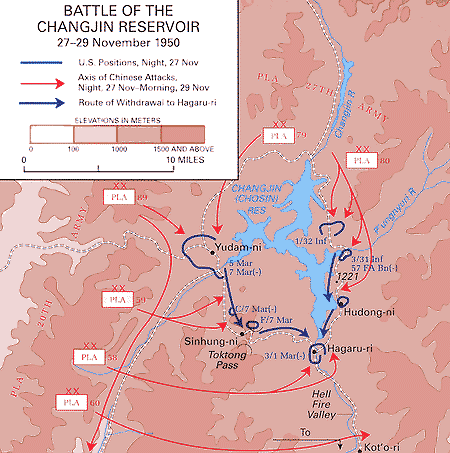
The battle of the Changjin
or "Chosin" Reservoir – late November 1950
Wikipedia – "Korean
War"
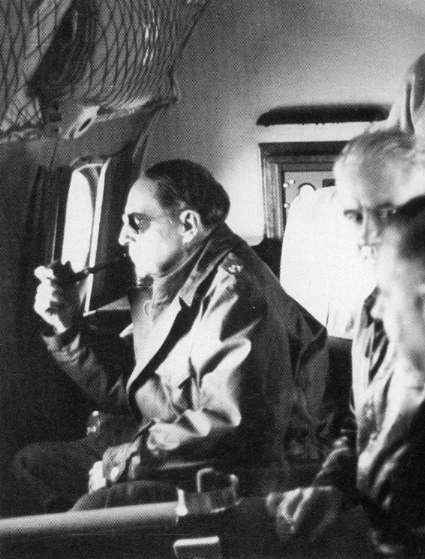
MacArthur looking over North
Korea along the Yalu River border with China as the US
offensive reaches that
border – November 24, 1950. But somehow he failed to detect
the 300,000
Chinese
below gathering to counterattack the Americans.
National Archives
NA-111-SC-352944
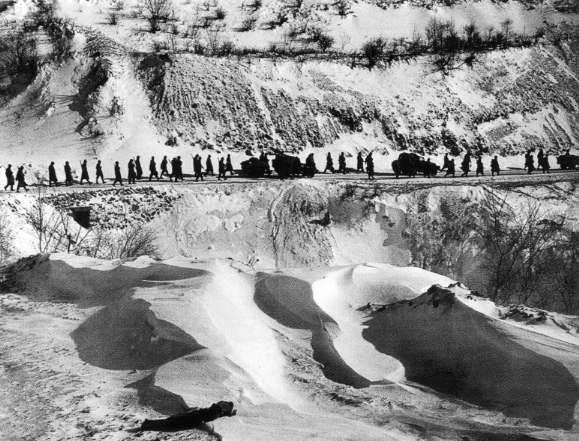
GIs retreating before an
on-slaught of Chinese "volunteers" in North Korea
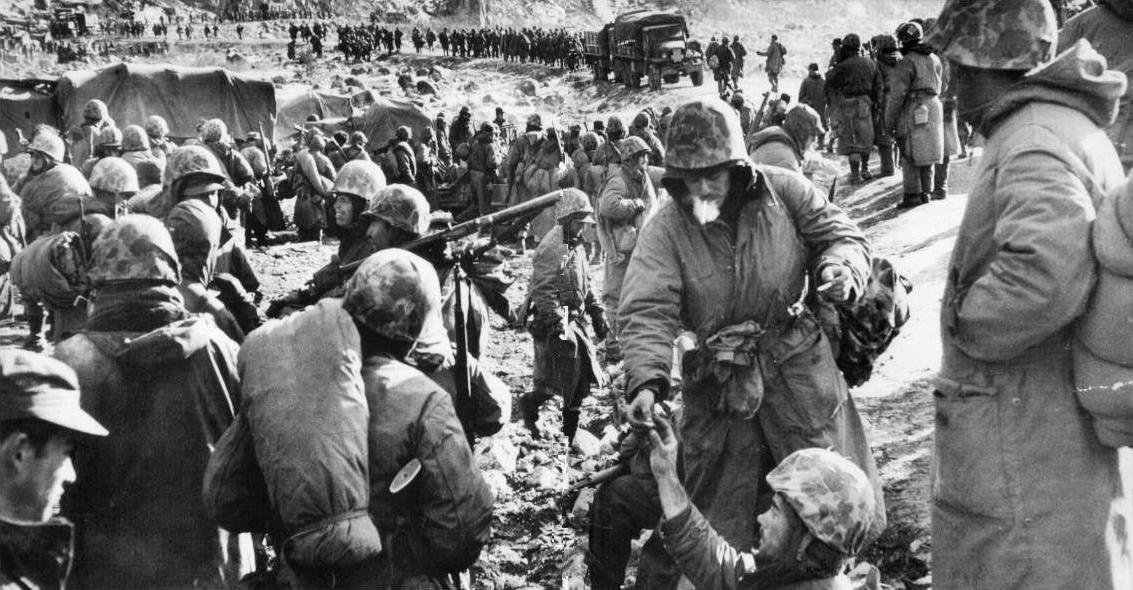
Marines retreating from the
Chosin Reservoir in sub-zero weather
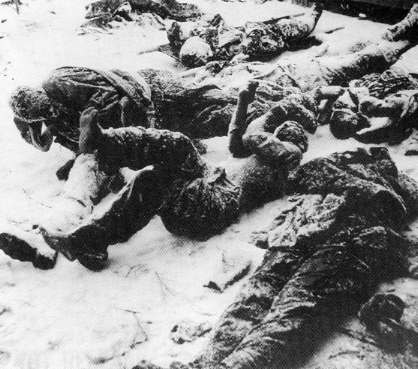
Marine dead brought back
from the fighting in the Chosin Reservoir area
National Archives
NA-127-GK-197-A5348
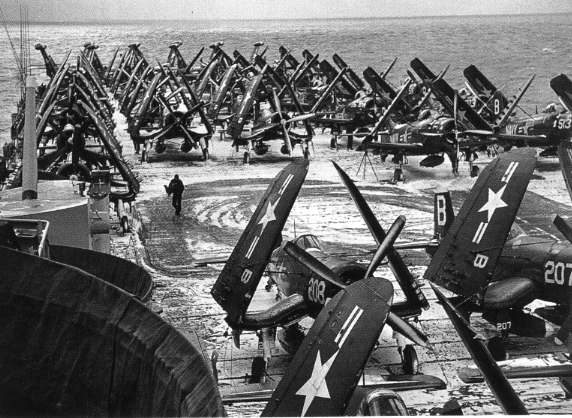
American aircraft aboard
a snow-covered aircraft carrier – stymied by Soviet MiG-15
fighter jets
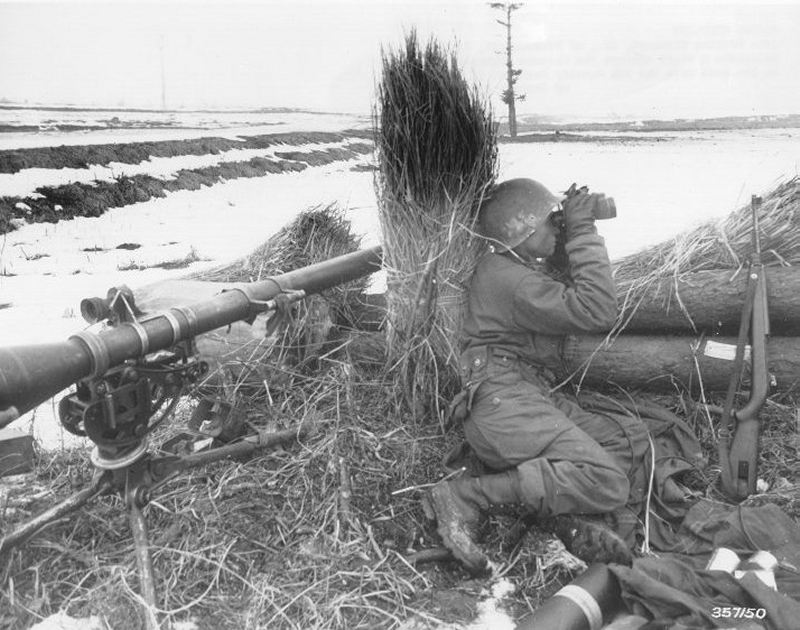
PFC William Stinnett Jr.,
Stevensport, Ky, maintains a vigil
against the Chinese Communists
at his post with the 5th Cavalry Regiment in Korea.
United States Army
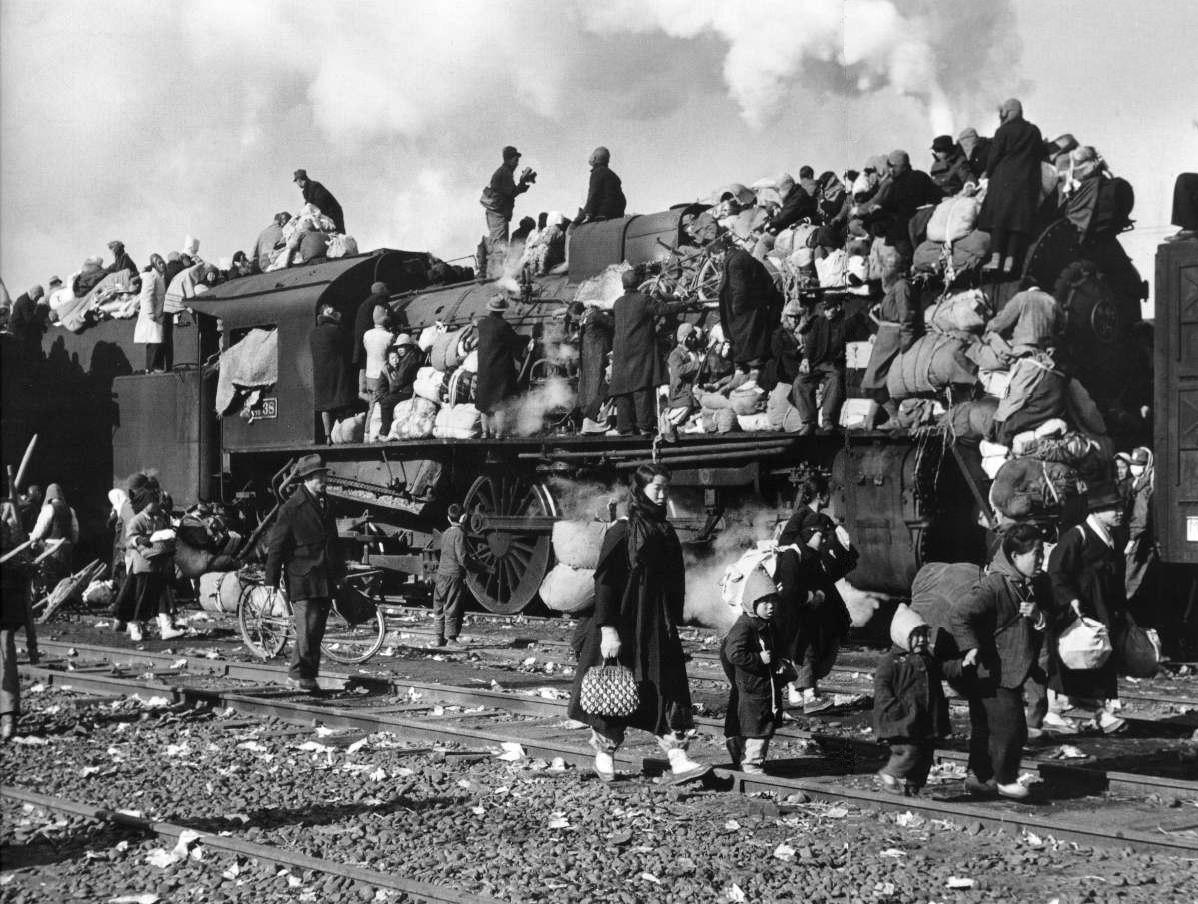
Koreans fleeing the fighting
in 1951
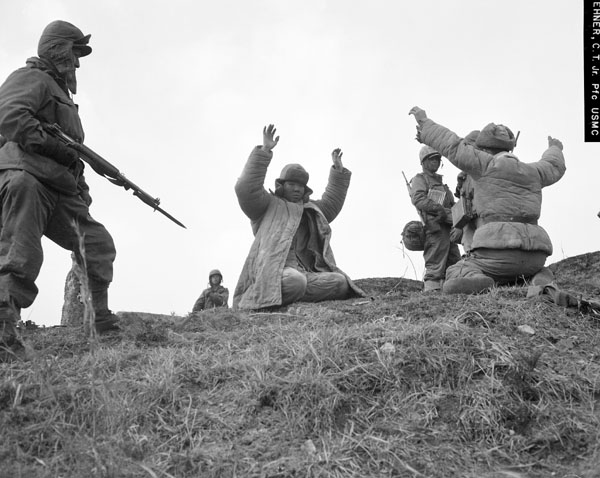
"Men of the 1st Marine Division
capture Chinese Communists during fighting on the
central Korean front.
Hoengsong."
By Pfc. C.T. Wehner, March
2, 1951
National Archives
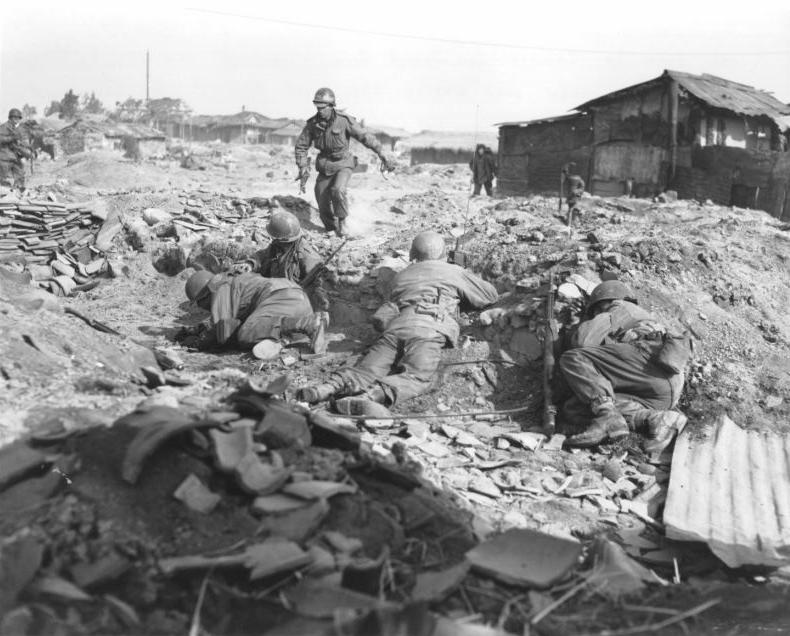
Pinned down by Chinese
Communist
fire, men of the 15th RCT, 3rd Inf Div, take over
during the drive against the Communist forces
near the 38th parallel. 23 March 1951
United States Army
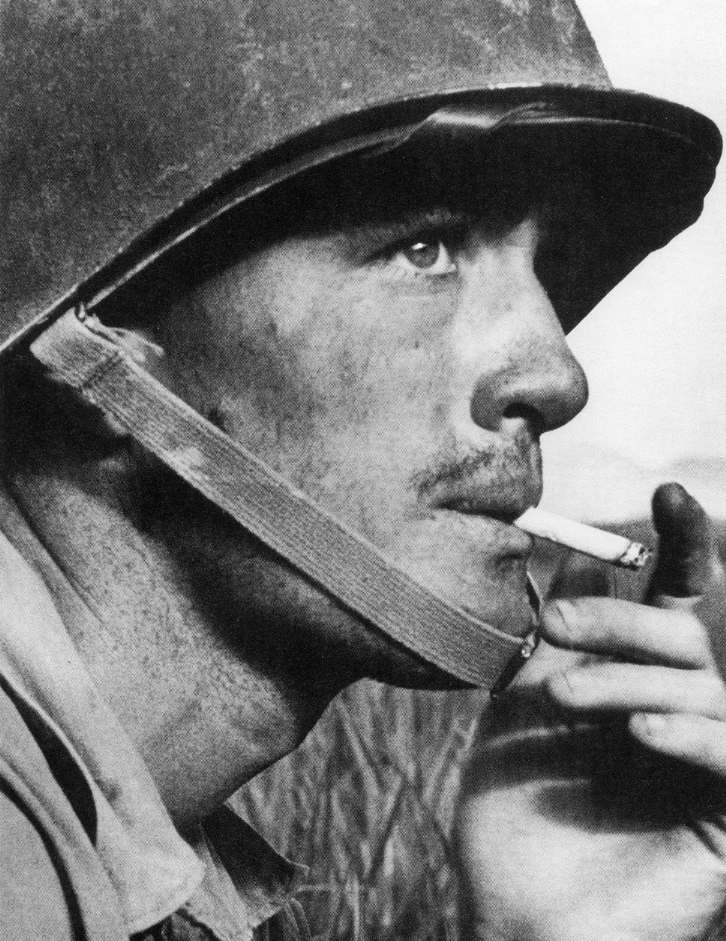
A wearied
Marine
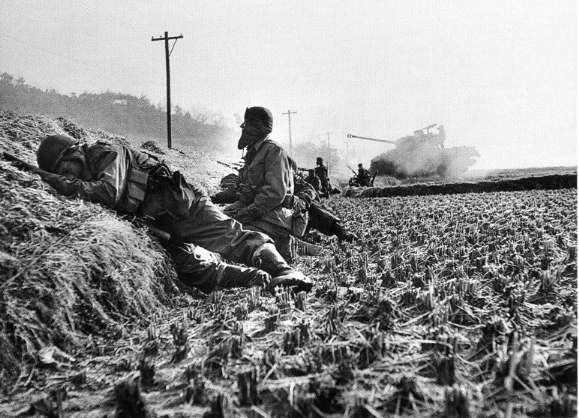
GIs pinned down by enemy
fire near Anyang

 |
MACARTHUR IS RELIEVED OF COMMAND
APRIL 1951
|
|
|
|
At this point (mid-April 1951) Truman relieved
MacArthur as Supreme Commander in Korea. Among other elements of
MacArthur's troubling behavior, MacArthur had come to feel that the
decision whether or not to use nuclear weapons in fighting the Chinese
should be his rather than the president's. In fact MacArthur seemed to
be boasting to the press about how he might actually do that, in order
to liberate all of China from the Communists. By now Truman was
furious. He was concerned not only about MacArthur dragging America
into a war involving the entire Chinese nation (which had not worked
out so well for the Japanese!) but he was also concerned about what
such a war would do to the American abilities to hold the line against
Russia in Europe (an issue of no apparent interest to MacArthur, who
was completely focused on the Asian theater of war). Thus it was that
Truman dismissed MacArthur – quite aware of the reaction this would
likely provoke among the American people. But it had to be done.3
3Because
of this action, many Americans came to view MacArthur as a national
hero – and Truman as a coward, if not almost a traitor. But a
Congressional investigation ultimately concluded that Truman had indeed
acted constitutionally, and correctly, and that MacArthur (who actually
spent all his time in Tokyo) was out of touch with the military
realities in Korea, as well as the critical challenges facing America
in the rest of the world.
|
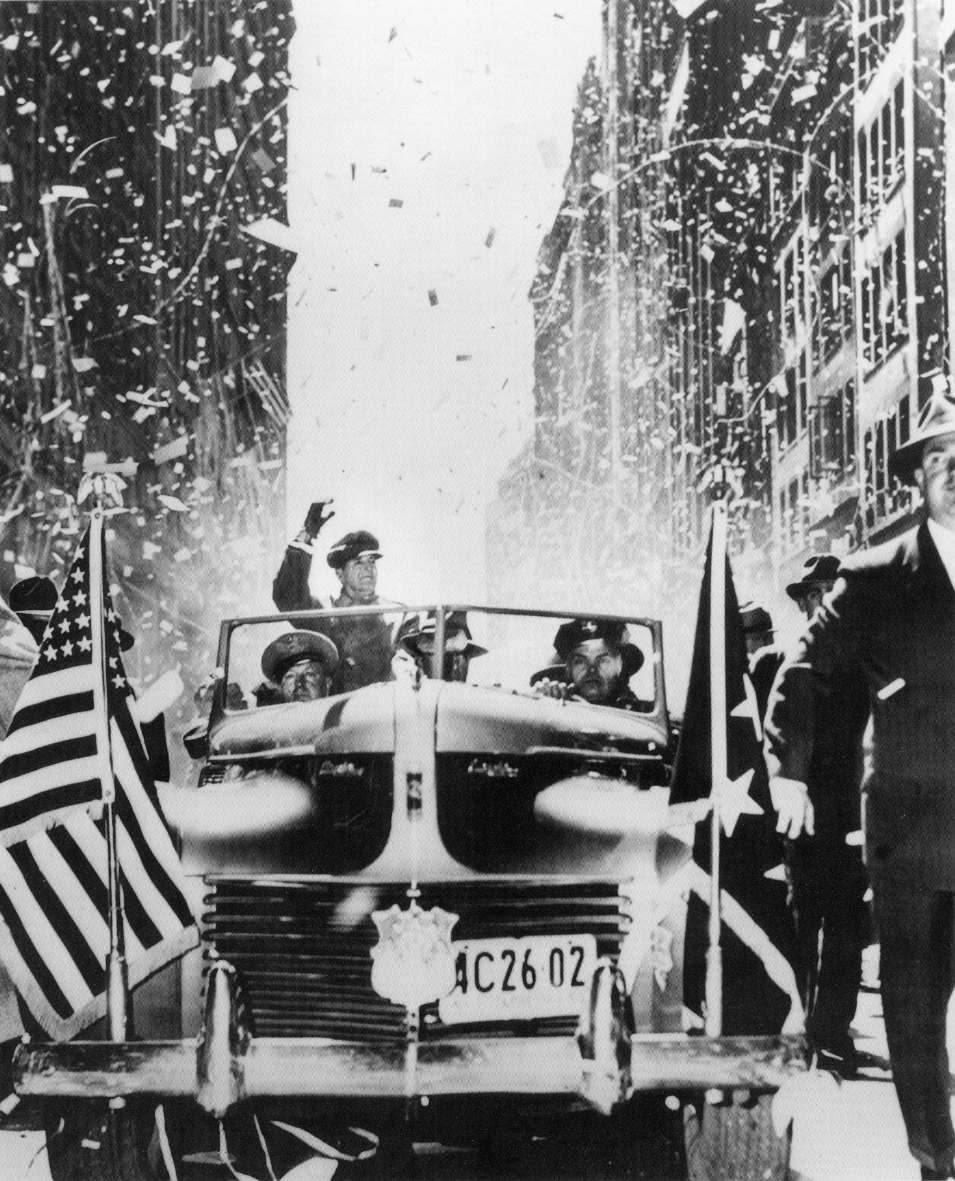
MacArthur receiving a hero's
welcome in New York City (7 million turned out
to cheer him) after being relieved from
duty in Korea by Truman

 |
THE WAR DRAGS ON
|
|
|
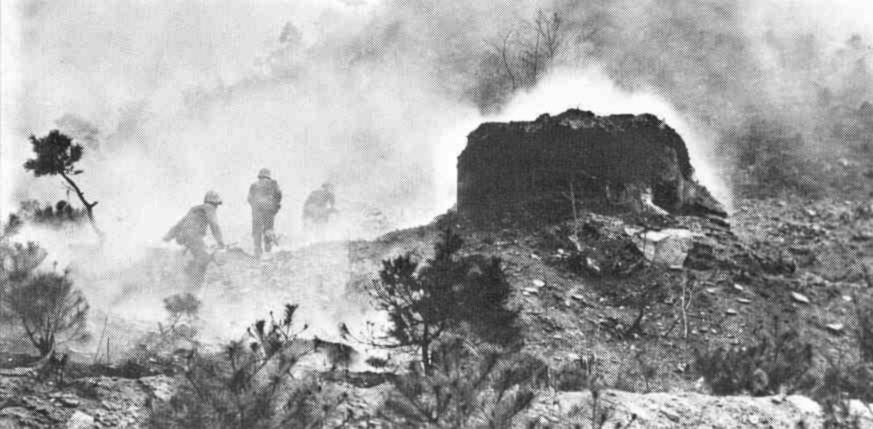
U.S. Troops advance on
Communist
forces in Korea – June 1951
Library of
Congress
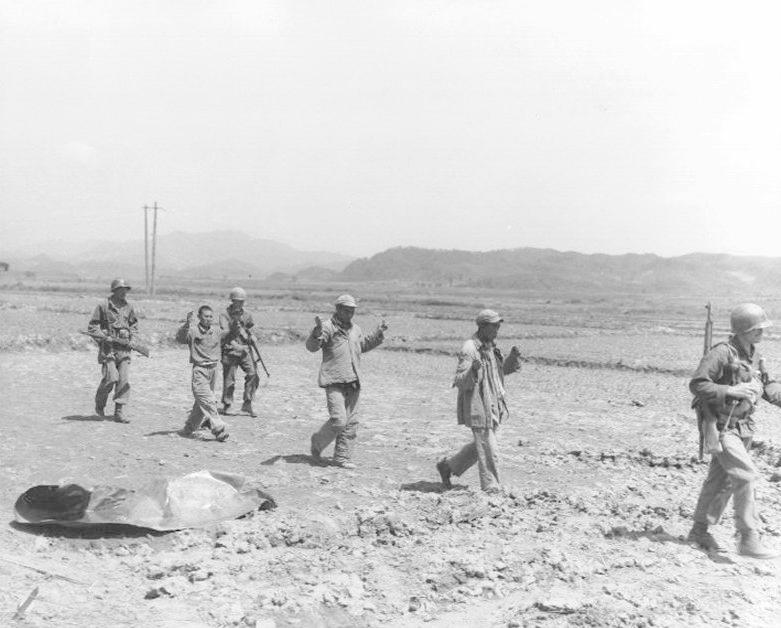
Men of the US 1st Cavalry
Division bring in Chinese Communist captives,
north of the Imjin River,
Korea, June 1951.
United States Army
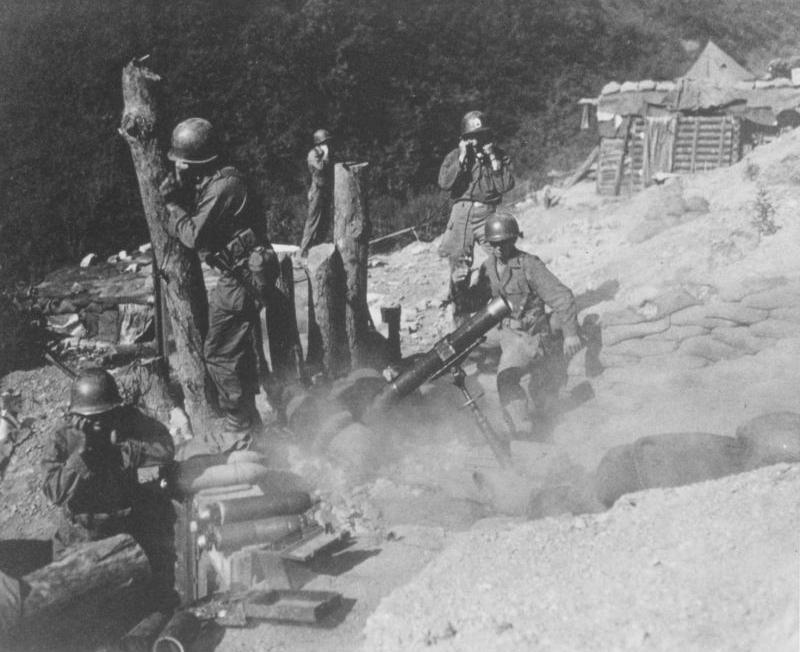
American troops secure a
mountain top with mortar fire somewhere in Korea.
United States Army
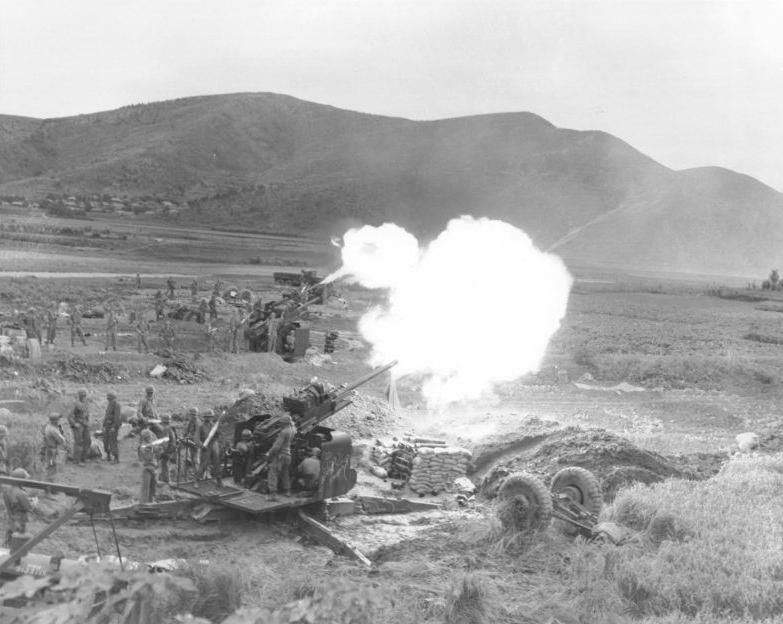
Members of the 68th Battalion,
Division Artillery attached to the 1st ROK Div.,
fire their 90mm anti-aircraft
guns.
United States Army
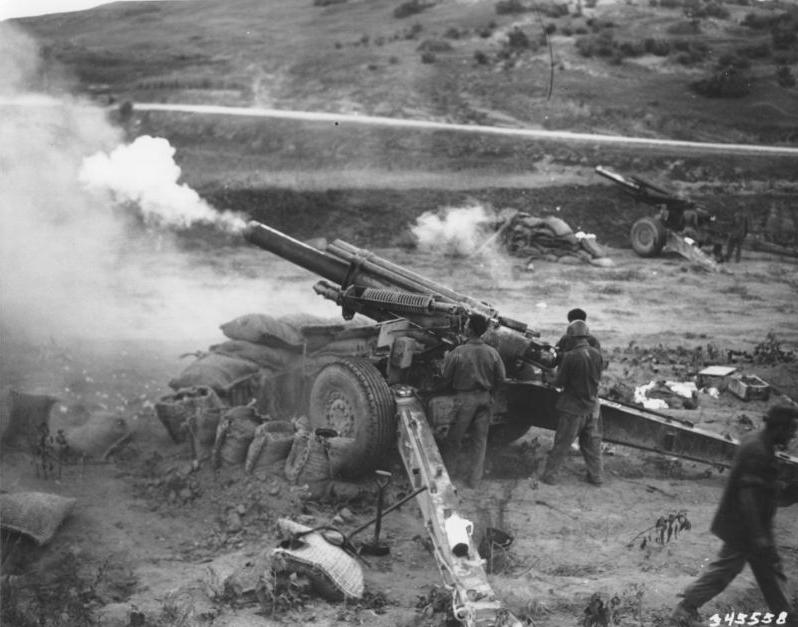
Artillerymen of the 24th
Infantry Div fire 155mm howitzers at dusk, Korea.
United States Army
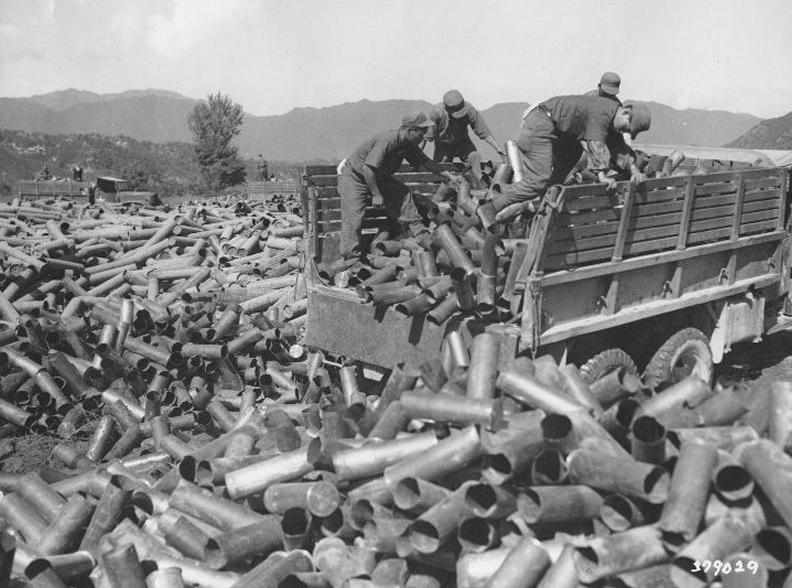
Koreans unload empty shell
casings from a truck at the 2nd Infantry Division Ordnance
Salvage Dump, where they will be salvaged
for reuse, 6 September 1951.
United States Army
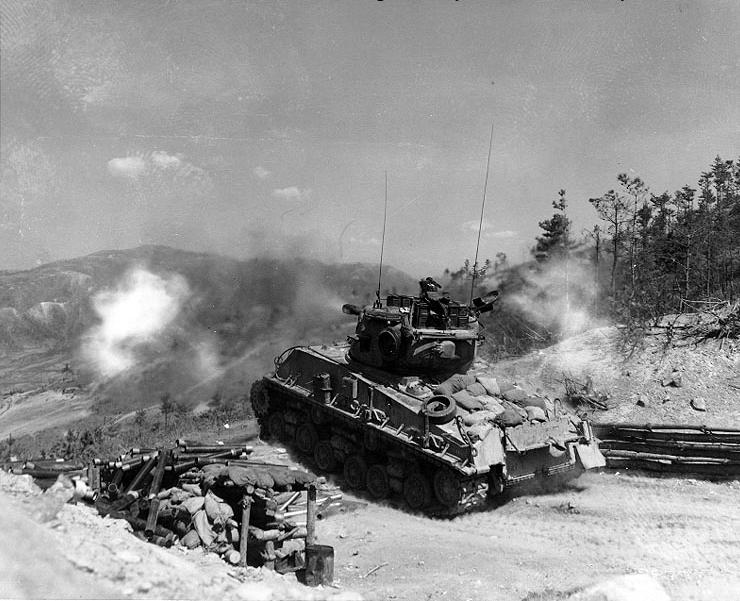
M4A3E8 "Sherman" Tank of
Company B, 72nd Tank Battalion, 2nd Infantry Division,
fires its 76mm gun at enemy
bunkers on "Napalm Ridge", in support of the 8th ROK Division.
Photograph is dated 11 May
1952.
U.S. National Archives
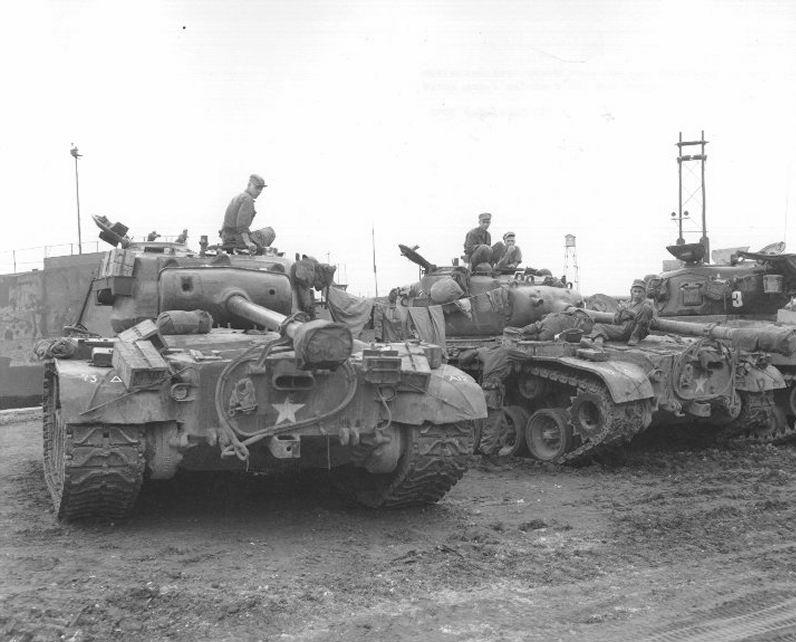
Men and Pershing Tanks of
the 73rd Heavy Tank Battalion
await orders to board the
LST's at the Pusan Docks, Korea..

 |
ARMISTICE
|
|
|
|
During the presidential campaign of 1952, Republican presidential candidate Eisenhower had made
the promise that if elected president he would personally go to Korea
to bring some kind of a resolution to the conflict that had been going
on since 1950, although most serious battlefield action had subsided
since mid-1952.
The sticking point to an agreement among the warring
countries was the question of repatriating Chinese and North Korean
soldiers who refused to return to their home countries, a matter that
was finally resolved under Eisenhower's threat of nuclear weapons use
if North Korea and China did not back down in their insistence on the
return (and likely execution) of their resistant soldiers.
Thus it was
that an armistice (not an actual treaty of peace) was signed among the
warring parties, leaving Korea rather permanently divided north and
south along a line not too far off from the original temporary dividing
line along the 38th parallel. Tensions would flare from time to time
after that, but leave the line itself intact, even down to today.
|
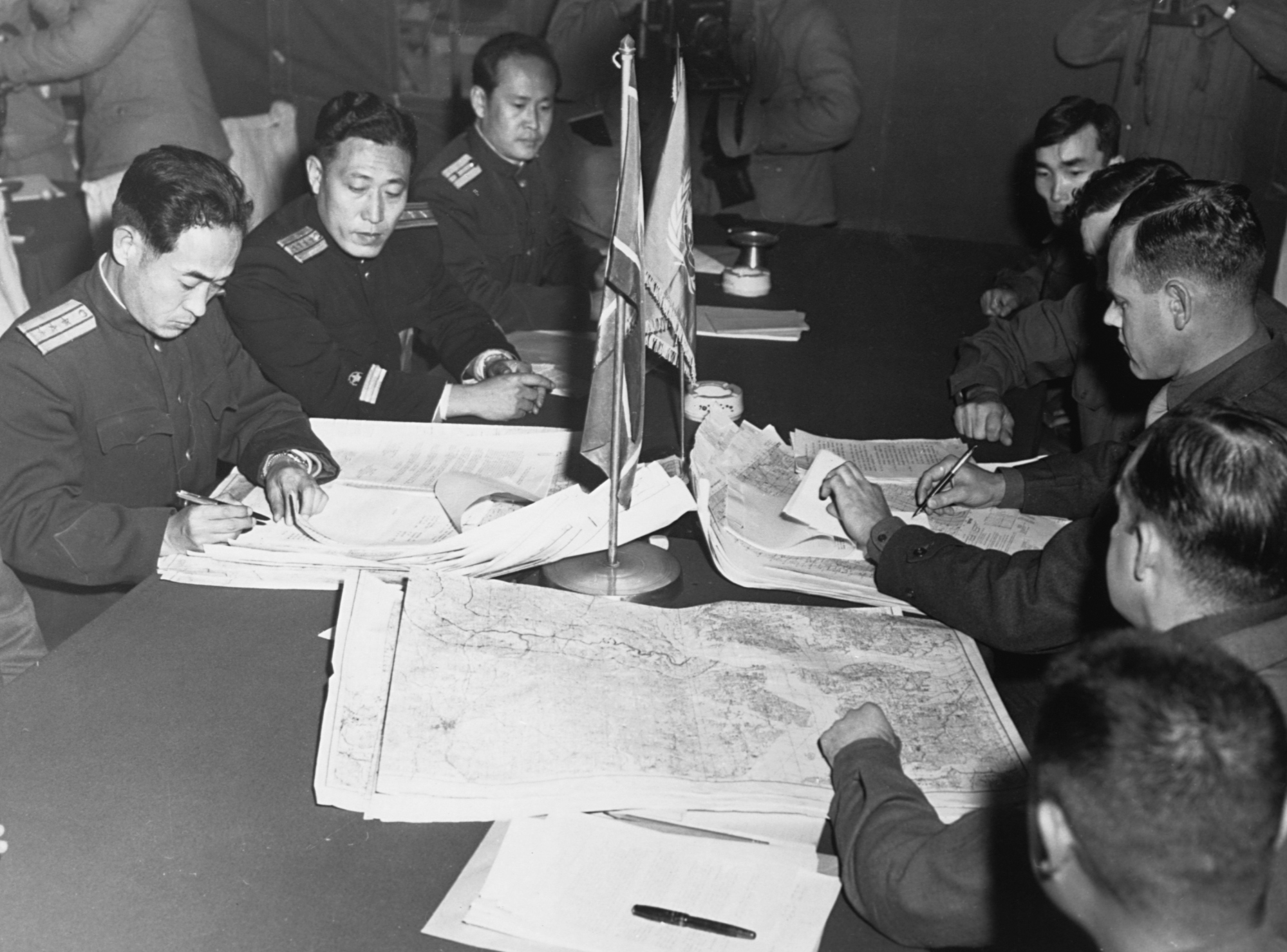
Early discussions (October 1951) concerning an Armistice ... but nothing was ultimately decided
At Kaesong and then at nearby Panmunjom
(located along the line of stalemate) talks began in July of 1951
between U.N. representatives and the Chinese and North Korean
representatives.
These dragged on for two years until the terms for a
cease-fire and a demilitarized zone (DMZ) were finally agreed on in
July of 1953.
|
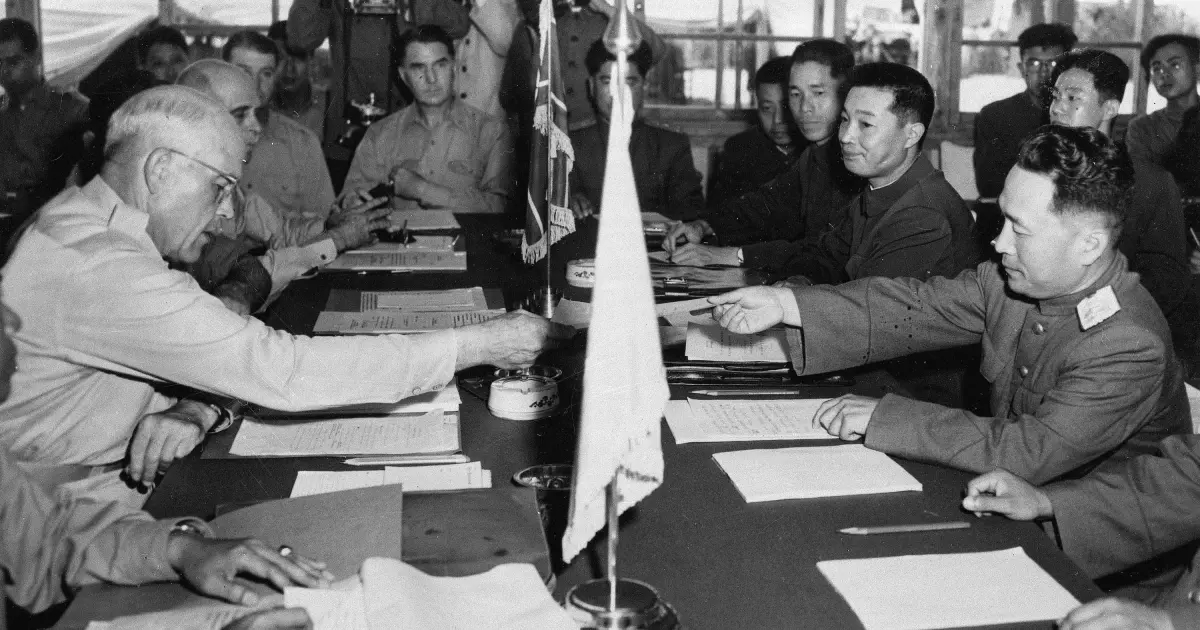
Meeting at Panmunjom 28 July 1953 between US Army General Blackshear M. Bryan
and North Korean General Lee Sang Cho the day after the Armistice finally went into effect
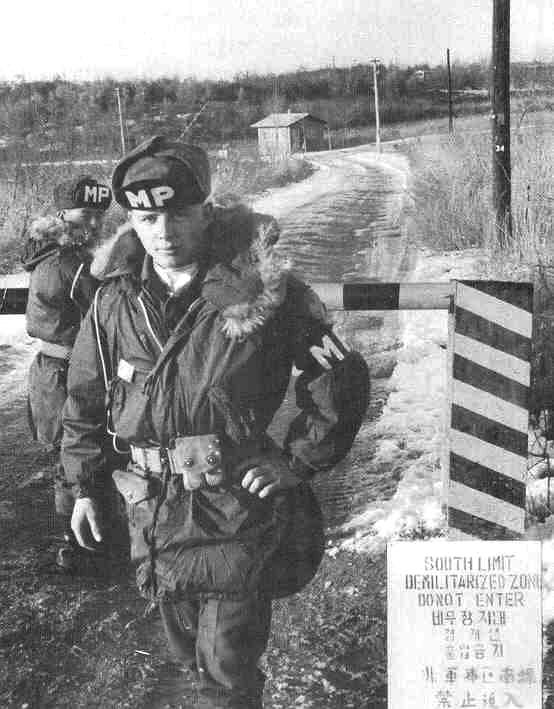
U.N. troops at the Korean
Demilitarized Zone (DMZ)

 The early politics of a divided Korea
The early politics of a divided Korea The outbreak of the war
The outbreak of the war The landing at Inchon and the move of the war to the North
The landing at Inchon and the move of the war to the North China intervenes
China intervenes MacArthur is relieved of command
MacArthur is relieved of command The war drags on
The war drags on Armistice
Armistice





























































 Miles
H. Hodges
Miles
H. Hodges